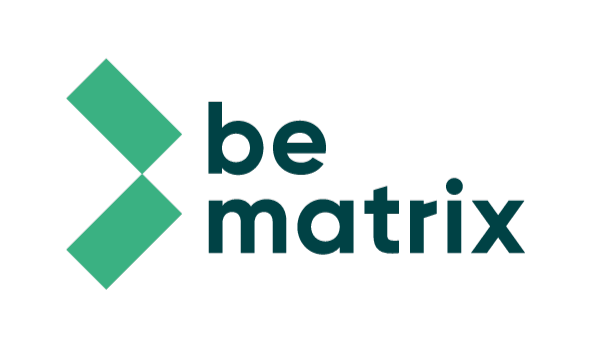Design sits at the heart of every memorable event, but in the world of exhibitions, it’s often undervalued — and, increasingly, exploited. Noel Reeves, Board Member of ESSA and CEO at Rocket Exhibition Services, explains why the issue needs more awareness and how we can collectively confront design theft.
Picture the scene. You and your design team have just poured weeks of effort into designing a bespoke exhibition stand for a prospective client. Between a fully developed proposal, detailed visuals and multiple rounds of revisions, this work has taken an incredible amount of time, creativity and money.
Upon final revision, incredibly proud of the proposed design, it is sent to the client for the next steps. Then comes silence.
No feedback. No update. Just radio silence.
Months later, while attending a trade show, you spot something on the show floor that catches your eye - an exhibition stand that looks strikingly familiar to the one you and your team had designed just those few months ago.
Digging deeper, you discover what happened. Your design was taken, stripped of all the copyright, and passed onto a contractor who built it in good faith but, of course, without your knowledge.
Sound unfair? The above is exactly what happened to us earlier this year. A painful experience to say the least, but also a big wake-up call.
Unfortunately, I’m not alone in this either. In fact, hundreds of incredible event businesses that design stands and the like for exhibitions have had their designs used without permission or payment in recent years, and it’s something that largely goes unchallenged or talked about.
This invisible theft of creative work in the events industry is a growing issue, but why is it happening, and what can we all do to help prevent it?
Free Isn’t Fair
To better understand why the problem is happening, the first thing we need to understand is that when it comes to design work, the events industry works very differently to other industries.
Unlike in other industries, where a design or concept development is treated as a billable service, exhibition design comes with the expectation that there isn’t a cost barrier to asking for work.
We produce designs for clients to specific specifications with no financial commitment from clients, which is unheard of in other industries. You wouldn’t be able to hire out an architect or interior designer to visit your home and complete an assessment and provide recommendations, so why do we allow it to be so different in our own industry?
Not only does it create a culture where there is seemingly no consequence for stealing, but it creates a ‘race to the bottom’ approach not just in terms of pricing, but also in how design work is valued. This idea that deigns are just ‘knocked up’ in twenty minutes is not only damaging but also undermines the dozens of hours of skilled work that event professionals undertake with no promise of paid work afterwards.
Collective Commitment
With that said, this ‘free pitch model’ is only dominant because we perceive it as the norm in our industry. To shift this culture and also discourage stealing within the industry, we need to start looking at collective commitment, having honest conversations with everyone in the supply chain, and above all, provide education for clients on the true cost and value of design.
Collective commitment starts with us all acting as a community and us all having more integrity as businesses to verify where designs have come from.
Contractors must not be afraid to challenge and ask questions about the origin of the designs they have been provided. Clients must be more transparent about the creative material they supply. Suppliers must refuse to replicate designs that have clearly come from other suppliers. And we must all be willing to call out stolen designs when spotted to reinforce what is and isn’t acceptable when it comes to design in events.
Education & Guidance
Education is also an extremely important part of this, and it’s why trade associations such as ESSA play an important role. Not only can they help amplify awareness of the issue, but they can provide guidance as well as templates to help with conversations around design ownership, proposals and more.
The ‘Design Matters’ campaign is something that is embedded into ESSA’s code of conduct, and through collaboration with Anti Copying In Design (ACID), has helped hundreds of ESSA members better protect their designs and navigate situations where this is challenged.
It’s important work. However, as long as the threat of stolen designs continues to be a problem, we must remain vigilant if we want change.
This change won’t come from one company or association alone. It demands a shared commitment across the sector. If the events community wants to protect creativity, encourage innovation and build a fairer, more sustainable future, everyone — clients, contractors, industry bodies — must step up and play their part. That starts with speaking up, setting clear boundaries and refusing to stay quiet when creativity is stolen without credit.
Published in M&IT Magazine, July 2025

